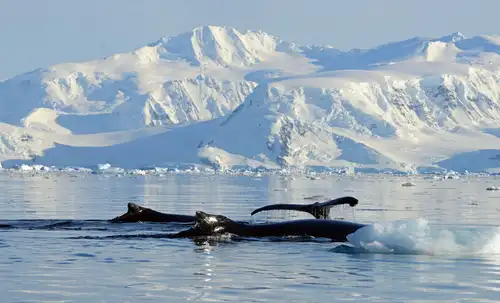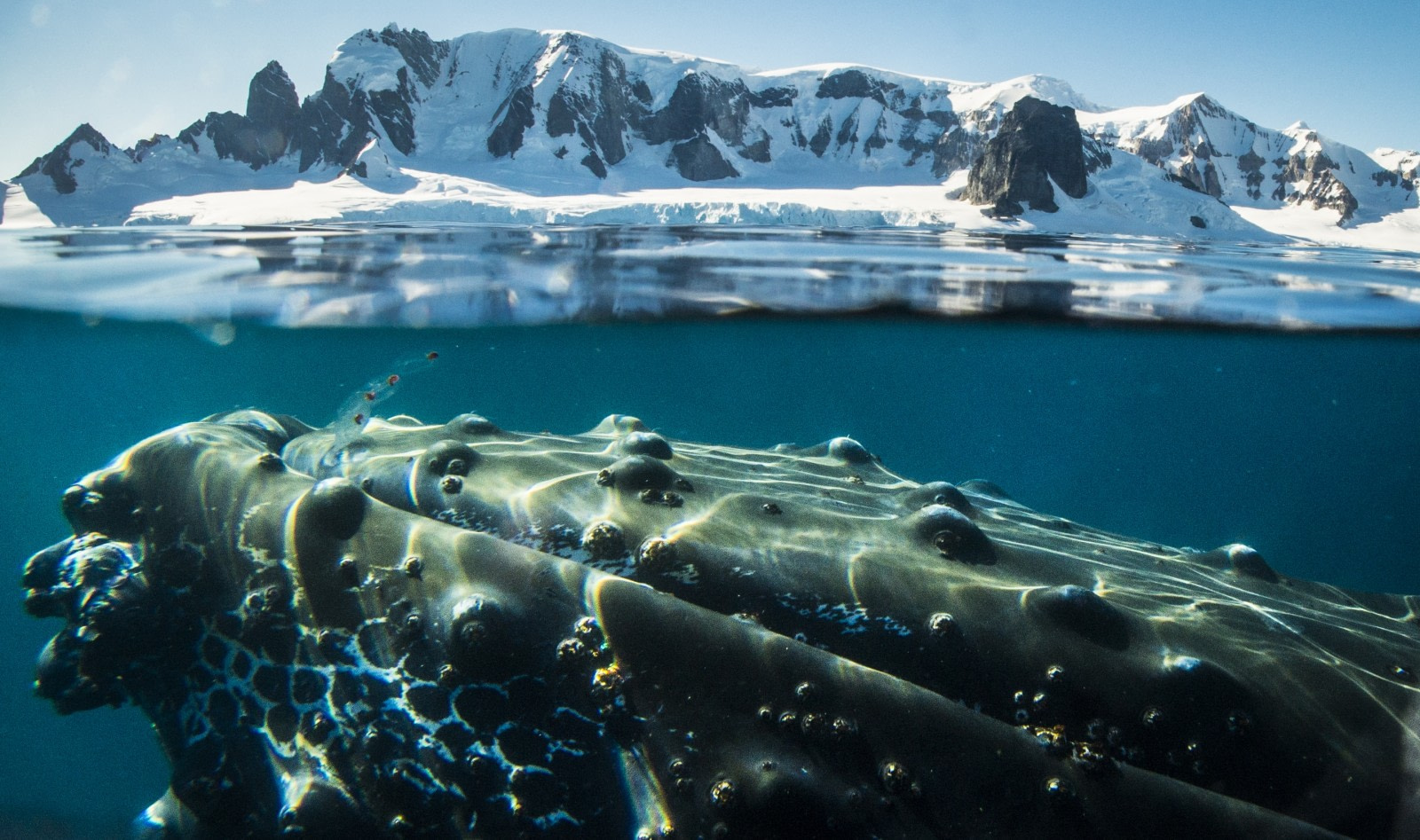Name: Humpback Whale (Megaptera novaeangliae)
Length: 12-19 metres
Weight: 36,000 kg
Location: Worldwide
Conservation status: Least Concern
Diet: Krill, other plankton, small fish
Appearance: Black or gray, lighter on undersides.
How do Humpback Whales feed?
Humpback Whales are baleen whales, using curtain-like filters in their mouths to trap krill and small fish. They suck in water and push it out through their baleens, trapping the prey. They may also slap the water to stun prey.
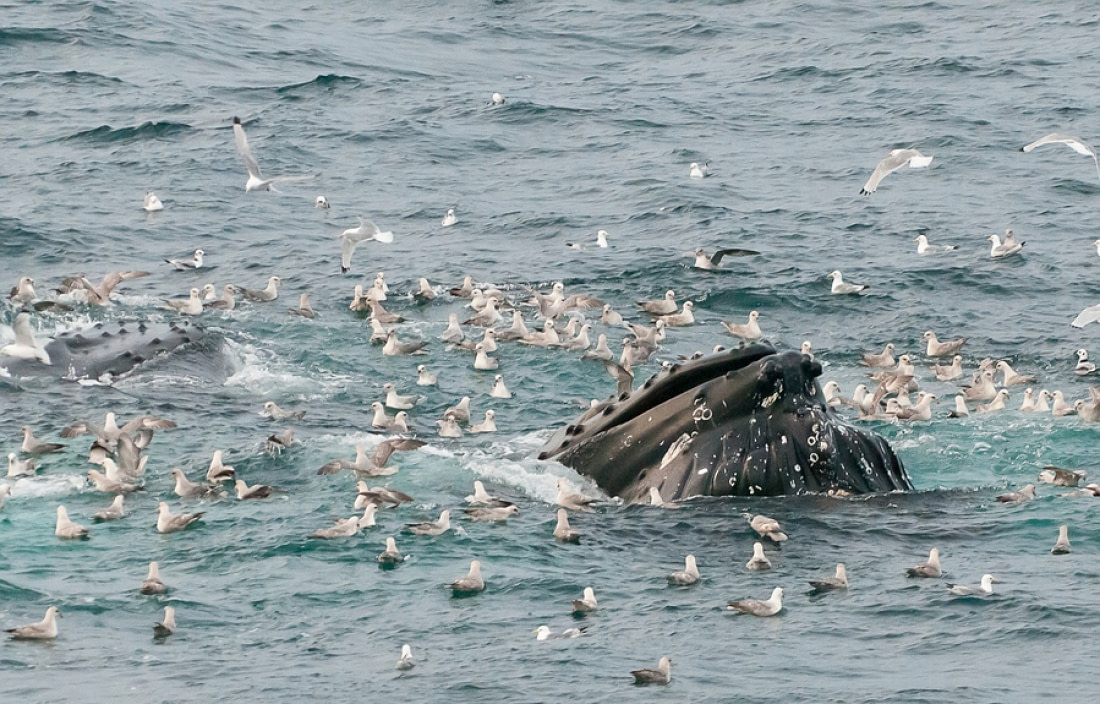
Humpbacks are skilled pack hunters. Some blow bubbles to trap fish, while others gather more fish into the bubble cylinder. Once compacted, they swim up the cylinder, gulping the fish. They feed mainly in summer, relying on fat reserves in winter.
Are Humpback Whales social?
Humpback Whales are mostly solitary, coming together to feed or mate. They are friendly towards other marine life, often socializing with other whales and dolphins.
How fast can Humpback Whales swim?
Humpbacks travel at 5 to 15 km/h, slowing to 2 to 5.5 km/h while feeding. They can reach speeds of up to 25 km/h.
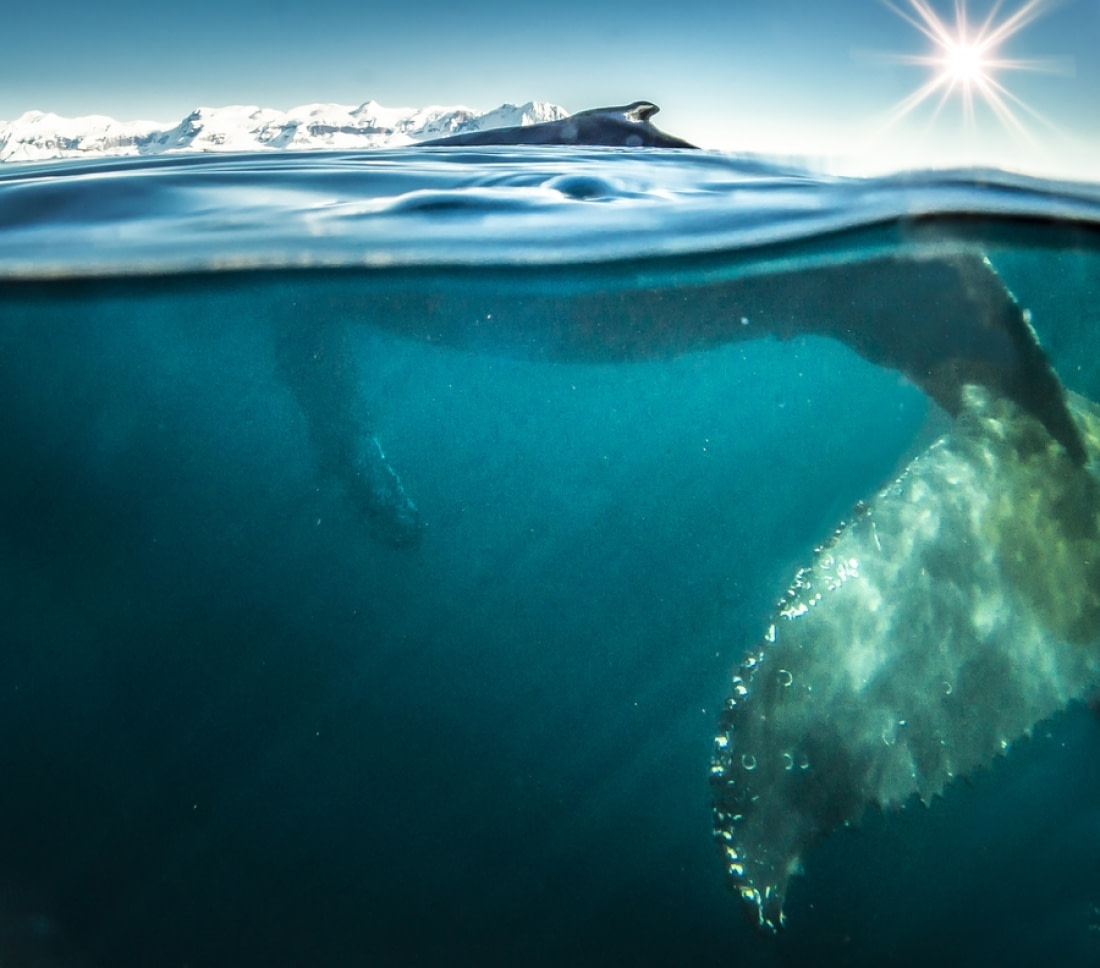
How deep can Humpback Whales dive?
Humpbacks dive to about 200 m and can stay underwater for 30 minutes, though their average dive lasts 15 minutes.
What are Humpback Whale mating rituals like?
Females mature at 5 years, males at 7. Males fight for dominance through charging, breaching, and lob-tailing. Mating occurs in tropical waters during winter. Pregnancy lasts 11 months, with calves weighing about 900 kg at birth and measuring 3 to 4.5 metres. Calves drink 45 kg of milk daily until weaned at 6 months.
How long do Humpback Whales live?
Humpbacks live about 50 years on average, with some reaching up to 100 years.
How many Humpback Whales are there today?
There are an estimated 80,000 Humpback Whales:
- 20,000 in the North Pacific
- 12,000 in the North Atlantic
- 50,000+ in the Southern Hemisphere
Do they have any predators?
Killer Whales are believed to be the only predators of Humpbacks, inferred from scarring on their hides.
What do Humpback Whale songs mean?
Humpbacks sing by forcing air through their nasal cavities. Males sing long songs lasting up to 20 minutes, possibly to woo females, challenge males, or for echolocation. Some sing non-stop for over 24 hours.
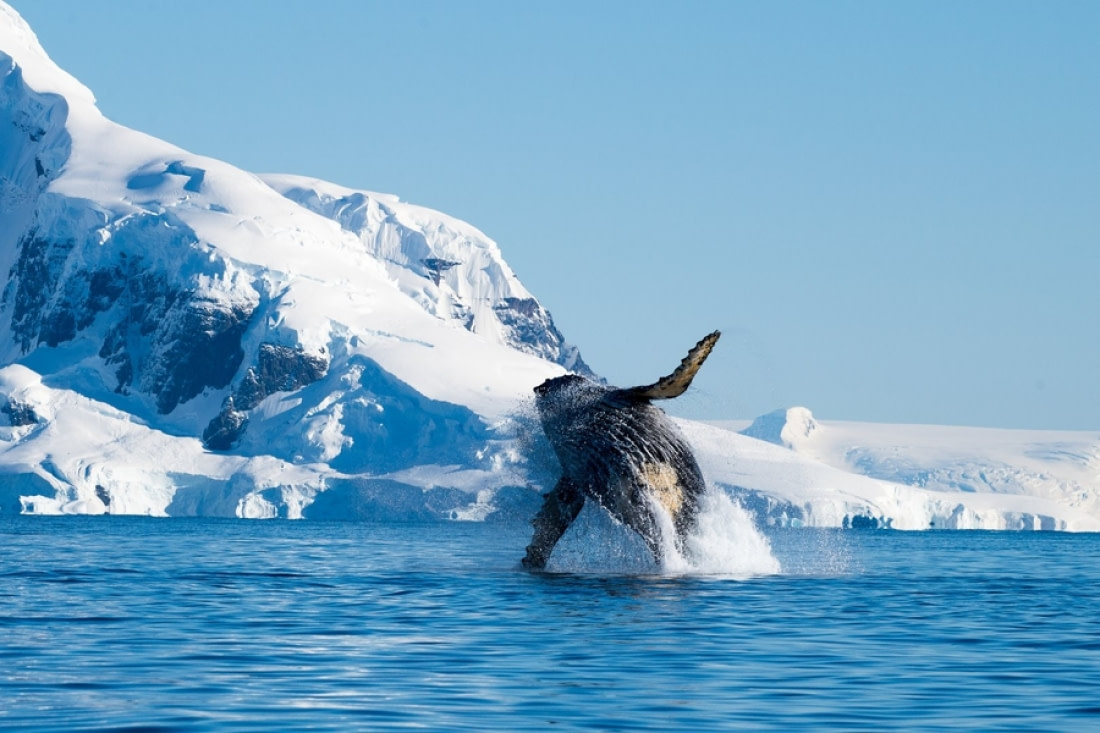
7 Wonderful Humpback Whale Facts
- The Latin name Megaptera novaeangliae means "the great winged newfoundlander," referring to their large flippers.
- Barnacles on their bodies give them a bearded look.
- They migrate twice a year, to polar waters in summer and tropical waters in winter.
- Their songs can be heard up to 20 km away.
- Spouting can reach 3 metres high and be heard 245 metres away.
- They arch their backs before deep dives, hence the name "Humpback."
- Their hearts can weigh nearly 200 kg, equivalent to 3 grown men.
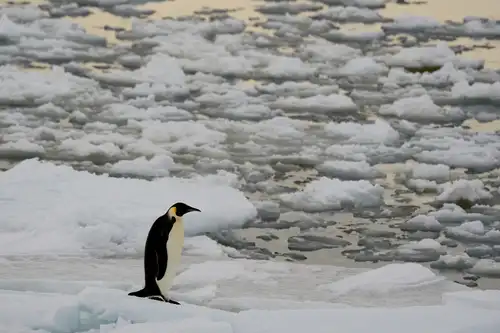
The Ways and Wildlife of the Weddell Sea
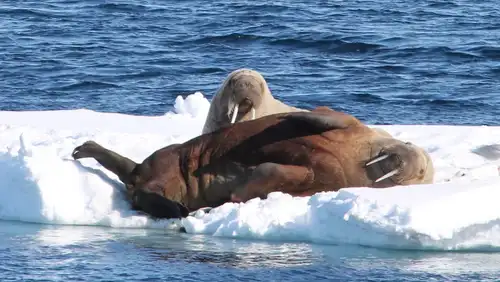
Svalbard’s 12 Most Iconic Animals

Hot Ice: Breeding Practices of Five Polar Animals
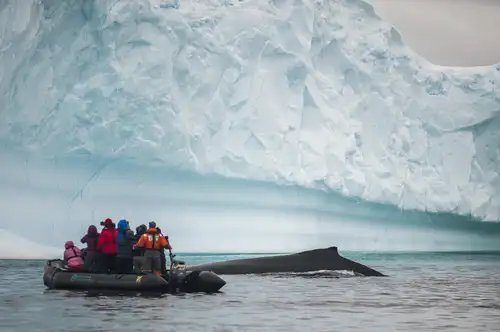
A Day of Whale Watching in Antarctica
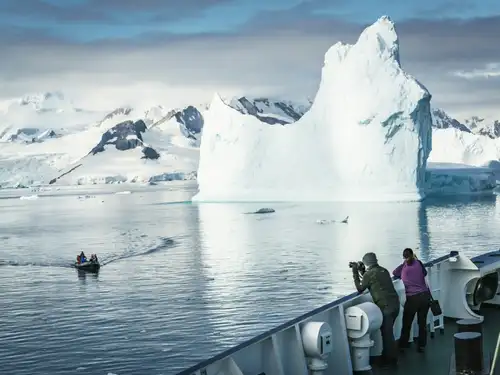
The Classic Polar Cruise: Antarctic Peninsula Facts, Pics, and More
